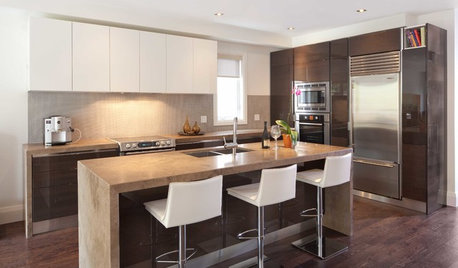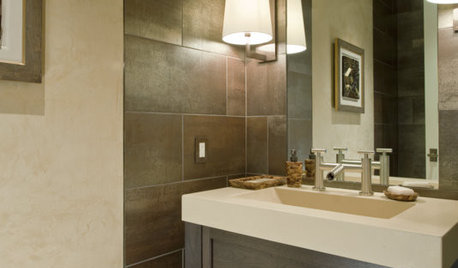par watts.....
jwmeyer
18 years ago
Related Stories

LIGHTINGGet Your Home's Recessed Lighting Right
Learn the formula for how much light a room needs plus how to space downlights, use dimmers and more
Full Story
LIGHTINGWhat to Know About Switching to LED Lightbulbs
If you’ve been thinking about changing over to LEDs but aren't sure how to do it and which to buy, this story is for you
Full Story
GREAT HOME PROJECTSHow to Switch to a Tankless Water Heater
New project for a new year: Swap your conventional heater for an energy-saving model — and don’t be fooled by misinformation
Full Story
BATHROOM DESIGNHow to Light Your Bathroom Right
Get ready for your close-up in a bath that's a sanctuary with task, accent, decorative and ambient lighting
Full Story
HOUSEPLANTSIndoor Winter Gardens for Cheerier Days
Bring plants inside for drab-days mood boosting — not to mention cleaner indoor air and protection for your greenery
Full StorySponsored
More Discussions






joezkool
joezkool
Related Professionals
Maple Valley Landscape Architects & Landscape Designers · Beachwood Landscape Architects & Landscape Designers · Milwaukee Landscape Architects & Landscape Designers · New Mexico Landscape Architects & Landscape Designers · Sand Springs Landscape Architects & Landscape Designers · Signal Hill Landscape Architects & Landscape Designers · Alexandria Landscape Contractors · Broomfield Landscape Contractors · Burien Landscape Contractors · Edwardsville Landscape Contractors · El Segundo Landscape Contractors · Essex Landscape Contractors · Arroyo Grande Fence Contractors · Tallahassee Fence Contractors · Zion Fence ContractorsjwmeyerOriginal Author
shrubs_n_bulbs
jwmeyerOriginal Author
shrubs_n_bulbs
jwmeyerOriginal Author
joezkool
Jumpin_Timmy
shrubs_n_bulbs
lightmaster
Jumpin_Timmy
zink
shrubs_n_bulbs
zipper3